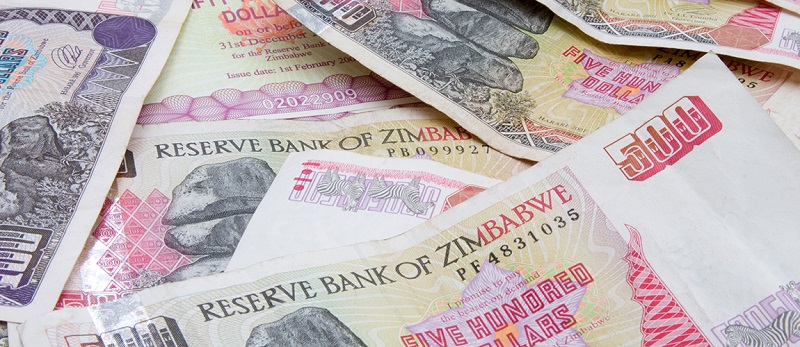Thursday November 21, 2024
- ALL NEWS
- SMALL & MEDIUM ENTERPRISES (SME)
- INTERNATIONAL TRADE
-
REGIONS
-
NON-REGIONAL
Search

In January, the Reserve Bank of Zimbabwe (RBZ) released its monetary review. Most of the statement was standard with one caveat, a requirement for capital holdings. According to the report, the RBZ now requires financial institutions to have minimum capital holdings as follows:
What industry commentators noted, was the capital holding being denominated in US dollars. This was remarkable, considering that the Zimbabwean government has been releasing a range of statutory instruments to force Zimbabweans to use the local currency.
In 2012, during an era when Zimbabwe was still using multiple foreign currencies but mainly the US dollar, the RBZ released a Monetary Policy Statement with new capital levels for financial institutions. To cater for the precarious position banks were in at the time and not upset the markets, the RBZ gave the financial institutions till 2020 to fulfill the following capital levels;

A huge problem arose in 2018 when the government through the Finance Ministry and the RBZ told citizens that their bank balances were no longer in US dollars but a new currency. So in effect, the financial institutions did not have to have their capital in US dollars, but in the new local currency.
The new currency is failing dismally. When the official foreign exchange market was launched in February 2019, the USD$1 bought $2.5 of the local currency; by the end of the year, USD bought $17 of the local currency. That was an 85-86% depreciation in just one year.
What this has meant is that the capital holdings for 2020 had diminished in real value by 86%. This was an unsustainable position for the RBZ. Whether or not the banks will be able to comply with the new US dollar requirements, will be another issue. The Zimbabwean economy is hemorrhaging, and that makes it harder to build capital.
Learn More with Exports News
Exports News is your go-to place for the latest import/export information and news. Subscribe to our newsletter today!
No Comments
Add comment



We’re happy you are satisfied with Exports News. Please let us know if you need enything!
support@exportsnews.comWe’re sorry your experience was not satisfactory. Please let us know how we can improve your experience:
Please contact us with any questions or concerns: support@exportsnews.com


Your feedback has been received! If you have any other questions or concerns, please contact us at:


There aren't any comments yet. Be the first to comment!